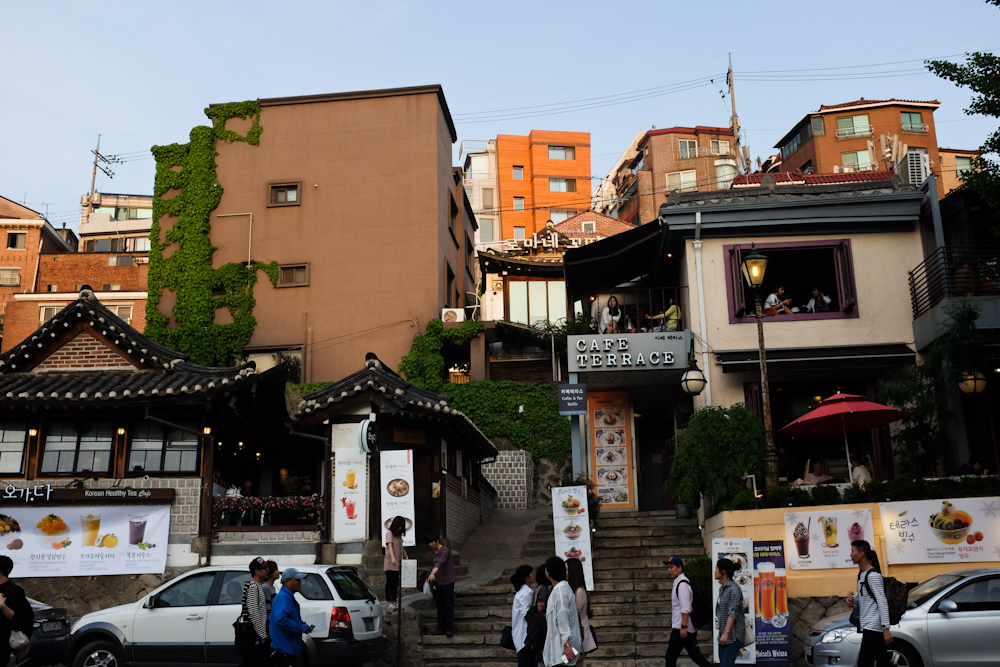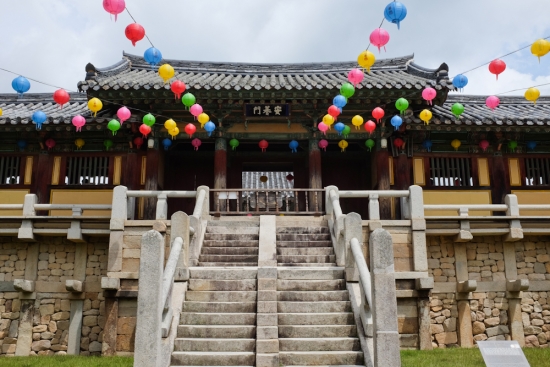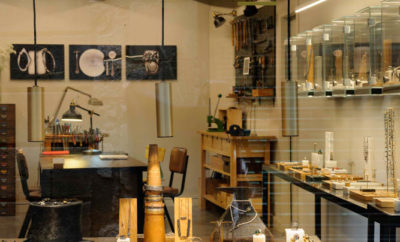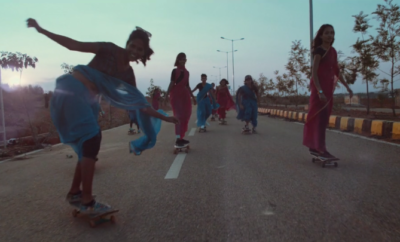SOUTH KOREA, SEOUL AND GYEONG JU
By |
0 Comments
SEOUL | Seoul is an amazing city. It’s indeed one of Asia’s fast paced overcrowded mega-urbs, very business oriented, made of concrete and rise tall buildings. I know this might not sound very promising at first. But wait, because Seoul has many other things that make it much more friendly than any other big metropolis. For starters, the people. South Koreans are hard working, polite and efficient but they are also lively and manage to find time to enjoy life. Likewise, Seoul is surrounded by beautiful mountains, so there’s also some green and nature in the horizon, not just skyscrapers. Seoul is great for walking too, which is a good thing for tourists because most of the sightseeing spots are often within walking distances. And if they are not, the highly convenient subway will take you anywhere you need to go. Koreans have a very particular taste for fashion and there are plenty of options to buy fantastic creations from local brands and independent designers.
There are five ancient palaces in Seoul. Changdeokgung Palace is the one you can’t miss. The surrounding garden and secondary buildings are open to the public. But the real worth of this UNESCO world heritage site is the secret garden and the imperial compound, which can only be visited on a guided tour twice a day.
From Changdeokgung enjoy a pleasant walk to the traditional hanoks in Bukchon to see how commoners used to live in ancient Seoul. Most of the houses are still inhabited; others have been transformed into art galleries and creative centers.
Further West, still within a walking distance, there’s the lively and hip shopping area of Samcheong-dong. Expect to find plenty of small boutiques from independent designers, coffee-shops, amazing terraces overlooking the mountains and small and popular restaurants.
Not far, the shopping district of Insadong is also worth a visit if you want to buy some delicate and sophisticate crafts, antiques and other souvenirs. The four-storey Ssamziegil has become an alternative design hub full of small shops selling creative crafts. Don’t leave without trying South Korea’s most famous dish, Bibimbap, at Gogung restaurant, located at Ssamziegil’s basement.
After lunch head for the Jogyesa Buddhist temple. This is one of the most famous religious spots in Seoul. In May it becomes one of the centers of the Lotus Lantern Festivals.
If you have time for one more palace, Gyeongbokgung occupies a central place in the city just beside South Korea’s governmental offices. If you are lucky, you’ll be able to witness the changing of the guard which is celebrated six times a day. Walk south through the Gwanghwamun Square until you reach the pleasant Cheonggyecheon-ro stream. Once a busy driveway, the reconstruction of the stream was completed in 2005 to enhance the quality of life of downtown Seoul.
Myeondong is best visited at night. When the flashy and bright neon signs typical of this buzzing area are lightened. It’s also the time when people flock to streets to shop the latest k-fashion trends and enjoy Seoul’s typical street food.
Alternatively, Itaewon has a reputation of being a very good area for partying and enjoy Western food. Specially among foreigners. But to me the most interesting part of Itaewon is the muslim neighborhood. Uphill, the mosque has beautiful views of the city. Also nearby there’s one Seoul’s most reputable museums, the Leeum Samsung museum of Art. There are some antique shops in Itaewon too.
One of the latest additions to the city is the stunning creative and culture hub, the Dongdaemun Design Plaza, in the shopping area of Dongdaemun. Designed by British architect Zaha Hadid, the complex houses a recommendable design store with creations from local designers as well as several exhibitions. The chameleonic building is worth visiting both during the day and at night.
Lastly, discover the city from above by hiking the ancient city wall. The section starting behind the gorgeous Dongdaemun gate is not very demanding and it is a very pleasant walk with nice views of the city.
Three day trip to Haeinsa and Gyeong ju:
Inland South Korea is worth exploring. A good way to get a glimpse of its beauty would be a quick two-three day trip to the town of Gyeongju and the Haeinsa temple.
Haeinsa is quite easy to reach by train and bus. Departing early in the morning with Korea’s fast speed train KTX and switching to a local bus in Daegu, allows you to visit Haeinsa on the way to Gyeong ju.
The temple is located in the middle of the mountain, at Mount Gayasan. Surrounded by ancient trees and a river. It also has a small population of cute squirrels. Haeinsa is home the Tripitaka Koreana, one of the most complete collections of Buddhist texts engraved on 80.0000 wood blocks. The exceptional buildings constructed to hold the Tripitaka are beautifully arranged around a mystic courtyard.
Gyeongju town is popularly known as the museum without walls. It was the old capital city of the Silla dynasty. And as such its numerous historic areas are packed with national treasures, monuments, royal tombs and UNESCO World Heritage sites.
Among the places worth exploring in Gyeongju are: The Cheomseongdae Observatory. (The oldest observatory in East Asia), the Banwolseong and the stone ice house, the Tumuli Park (photos below) and its royal tombs; and the lotus garden (photos below)
Up in the mountain and overlooking the green valleys of Gyeongju there are the temples of Bulguksa (photo below) and Seokguram Grotto. The area has some good trails for hiking too.
PHOTOS BY EARTH TO IRIS.


































Social